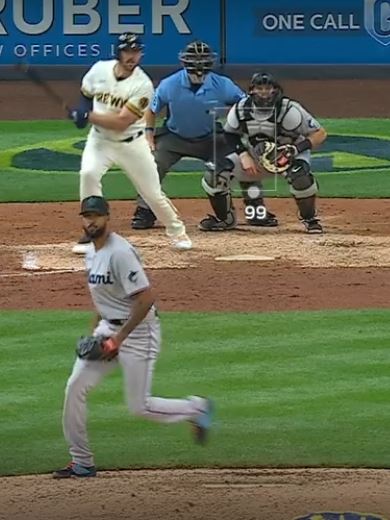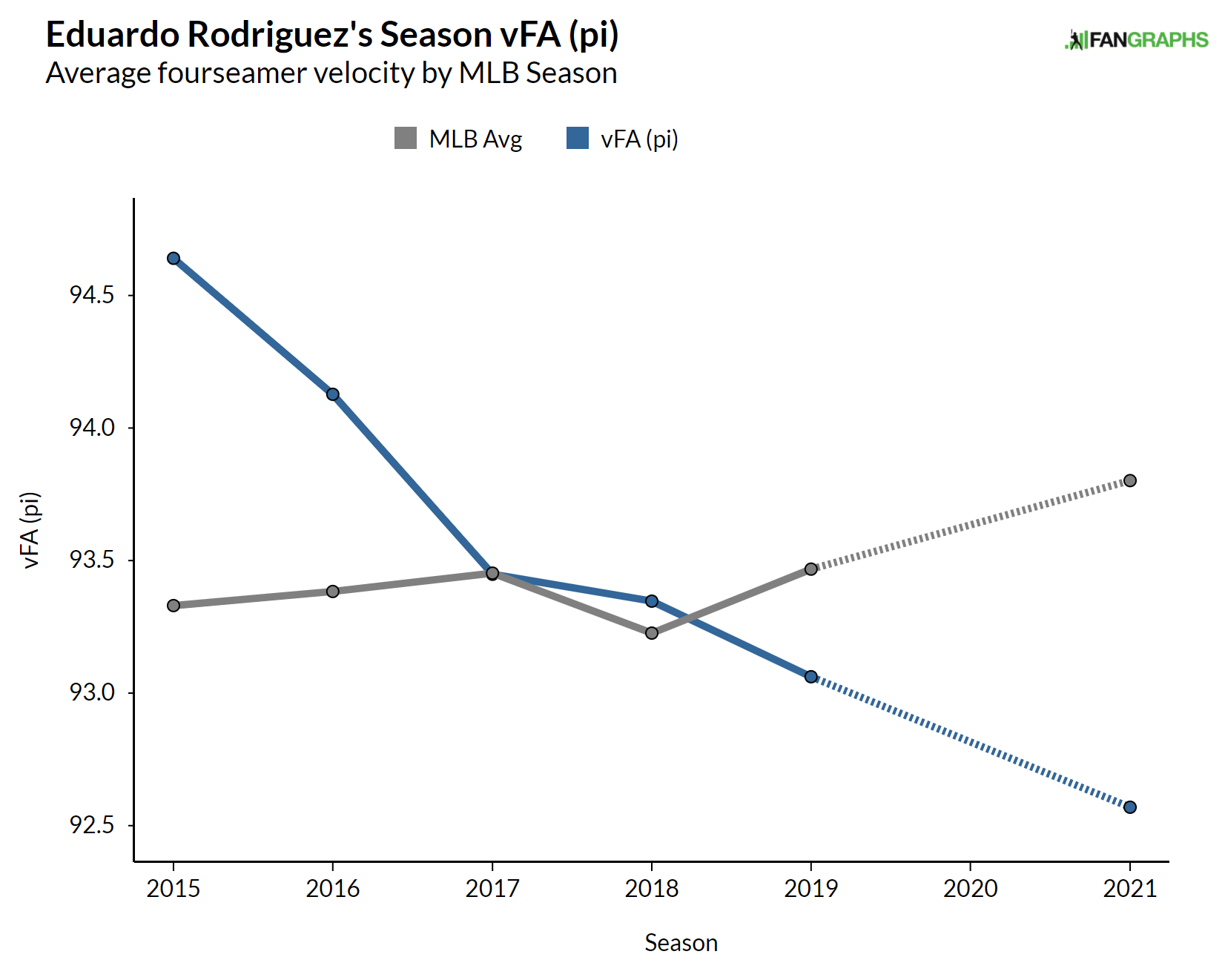Tejay Antone Talks Pitching
Tejay Antone had a strong rookie season in 2020. Working as both a starter and out of the Cincinnati Reds bullpen, the 27-year-old right-hander logged a 2.80 ERA and fanned 45 batters in 35-and-a-third innings. He came into the current campaign with designs on being even better.
He’s done just that. As a matter of fact, he’s been downright scintillating. Armed with a new-and-improved attack plan, Antone has made seven relief appearances and allowed just four hits and one run in 13-and-two-thirds innings, with 20 punch outs. Power and adept sequencing have driven that success. Antone’s heater averages 97 mph, but it’s not the pitch he relies on the most. As a matter of fact, he considers it his third-best weapon.
Antone talked about his repertoire, and his Driveline-influenced approach, over the phone yesterday afternoon.
———
David Laurila: What do you know about pitching now that you didn’t just a few years ago?
Tejay Antone: “A lot. One thing I’ve noticed is that as the fastball gets harder, I’m starting to spin the ball more. That seems counterintuitive, because you would think that if you’re throwing harder, and your fastball is getting better, you’d want to throw it more. But for me… and I’ve seen some other guys with really good fastballs actually kind of pitching backwards. One is Aroldis Chapman. He’s obviously one of the hardest throwers in the league, and he’s spinning the ball a lot. That protects his fastball; it makes it that much better, because they still have to respect the velocity. We’ve lived in a fastball-driven society lately, but I think it’s starting to kind of flip. We’re seeing the percentage of off-speed pitches go up.”
Laurila: You’re throwing more off-speed this year [35.9% curveballs, 32.1% sliders, and 32.1% fastballs]. Has that been data-driven, or is it more intuitive? Read the rest of this entry »



